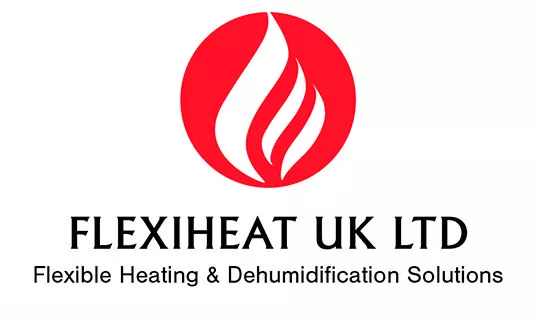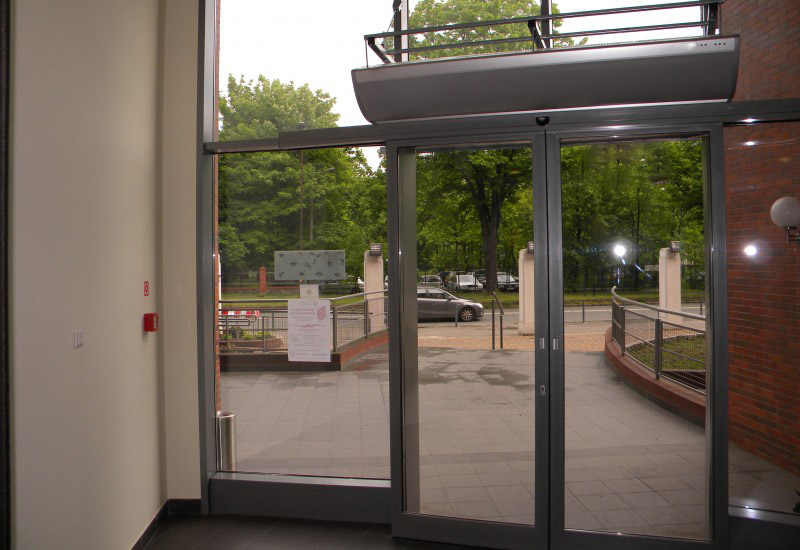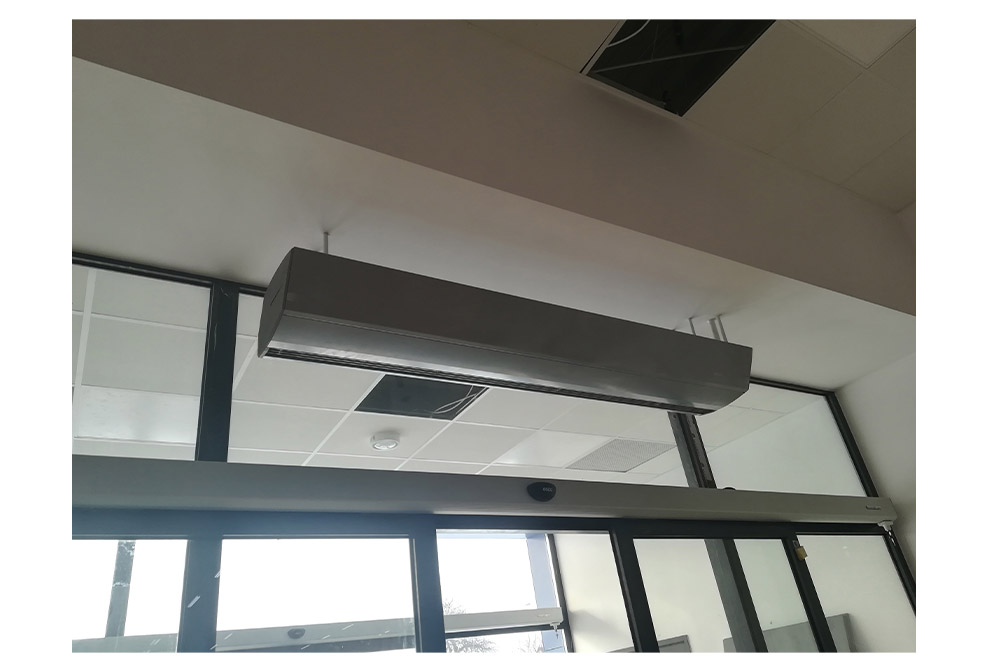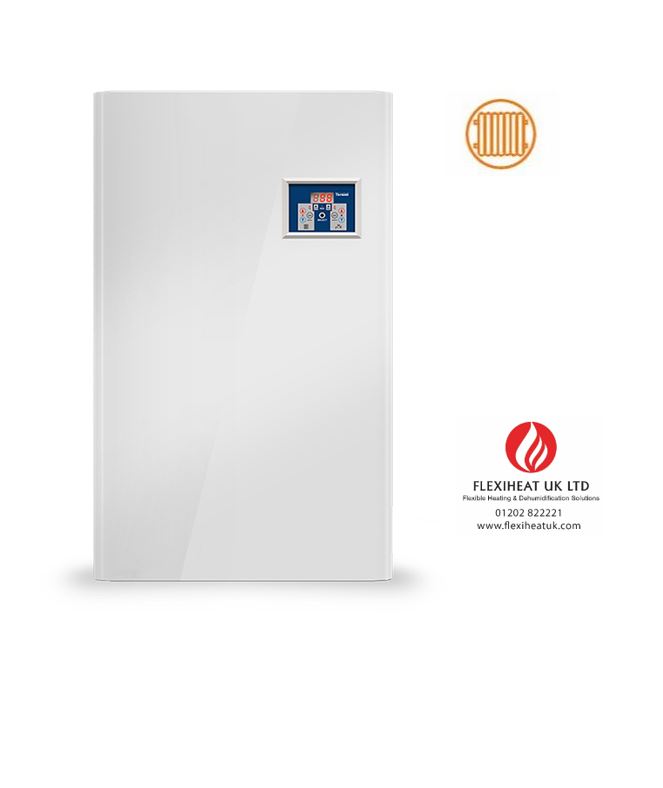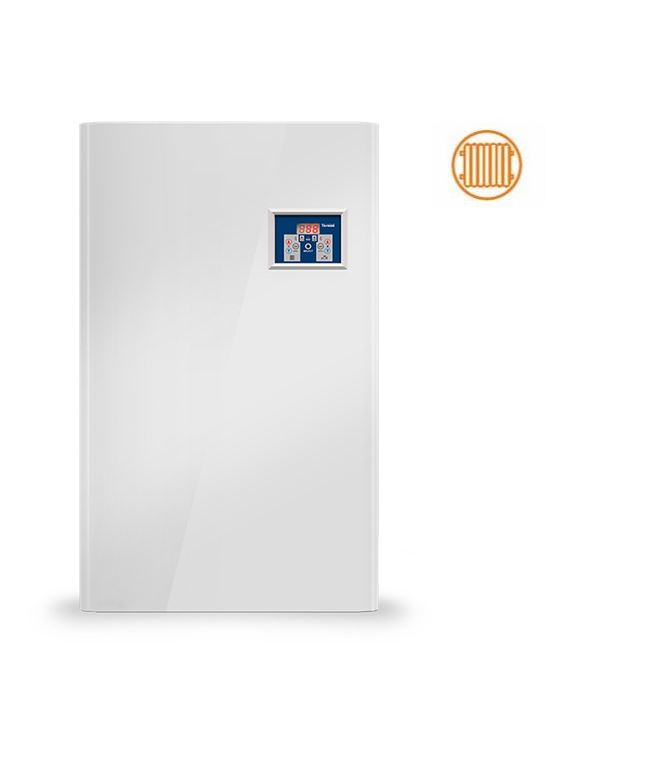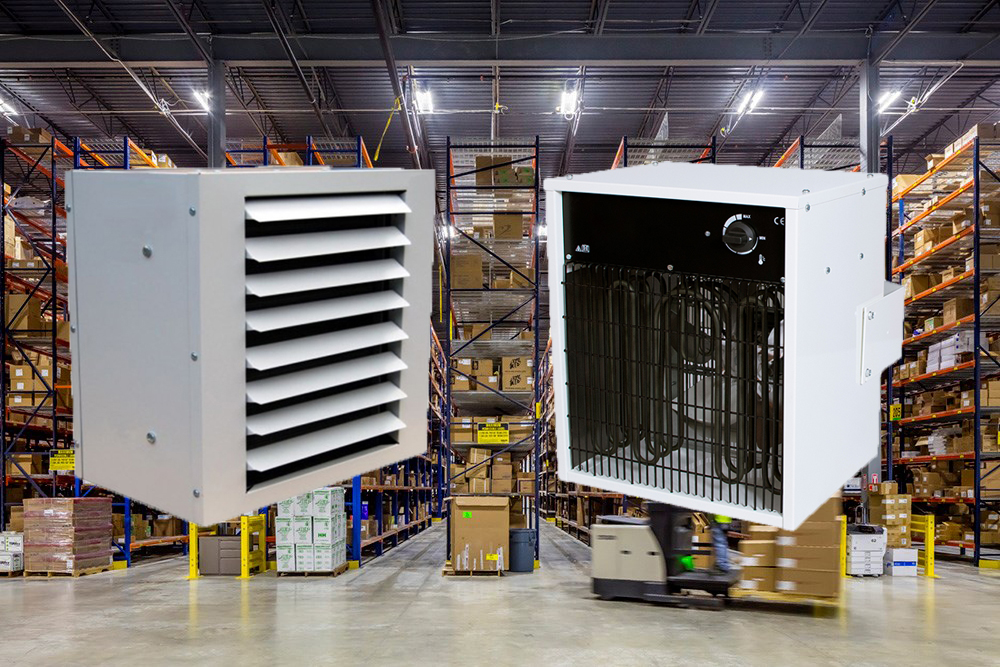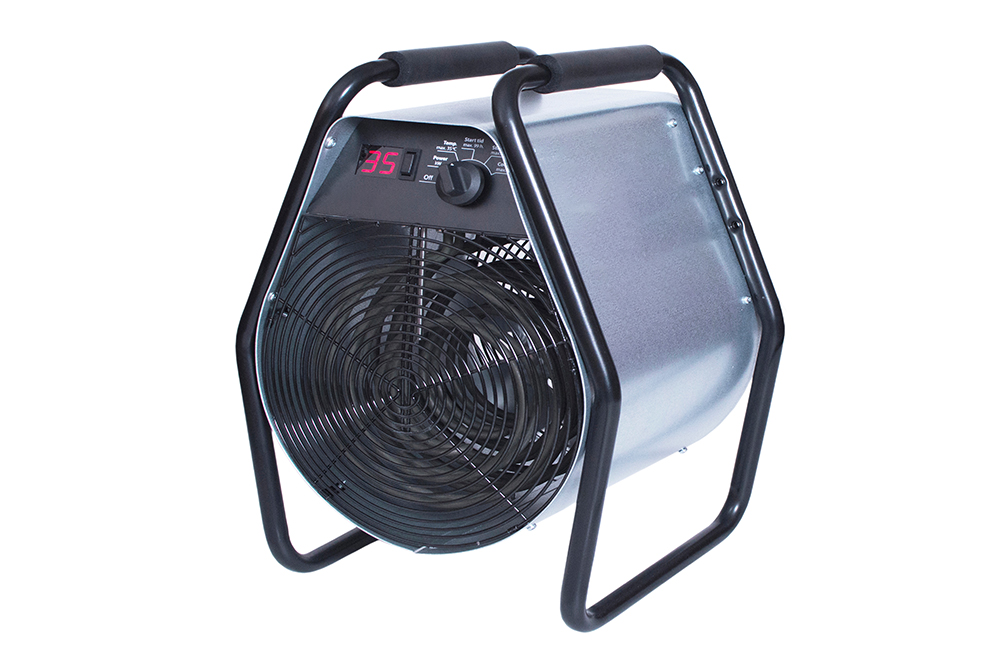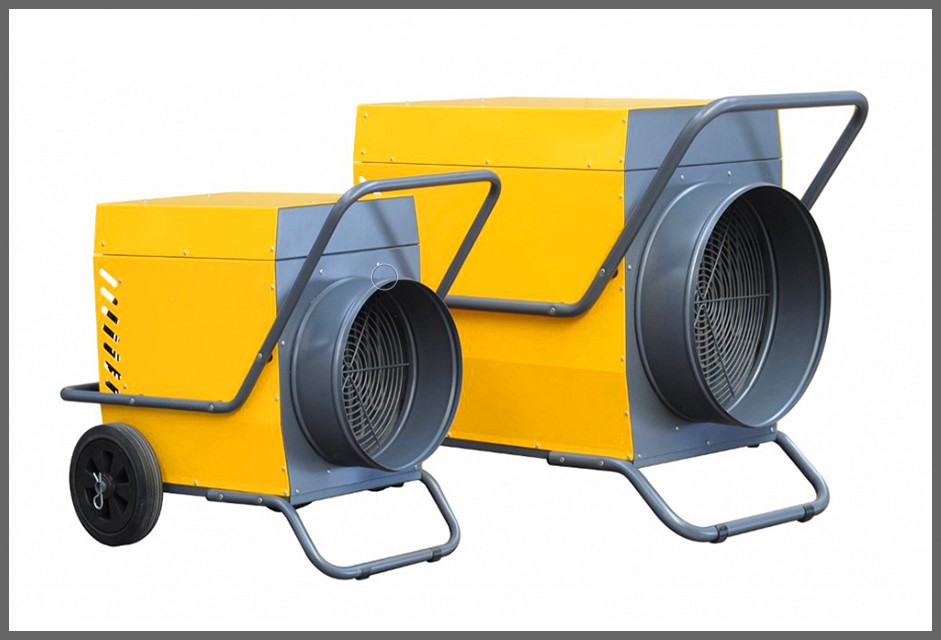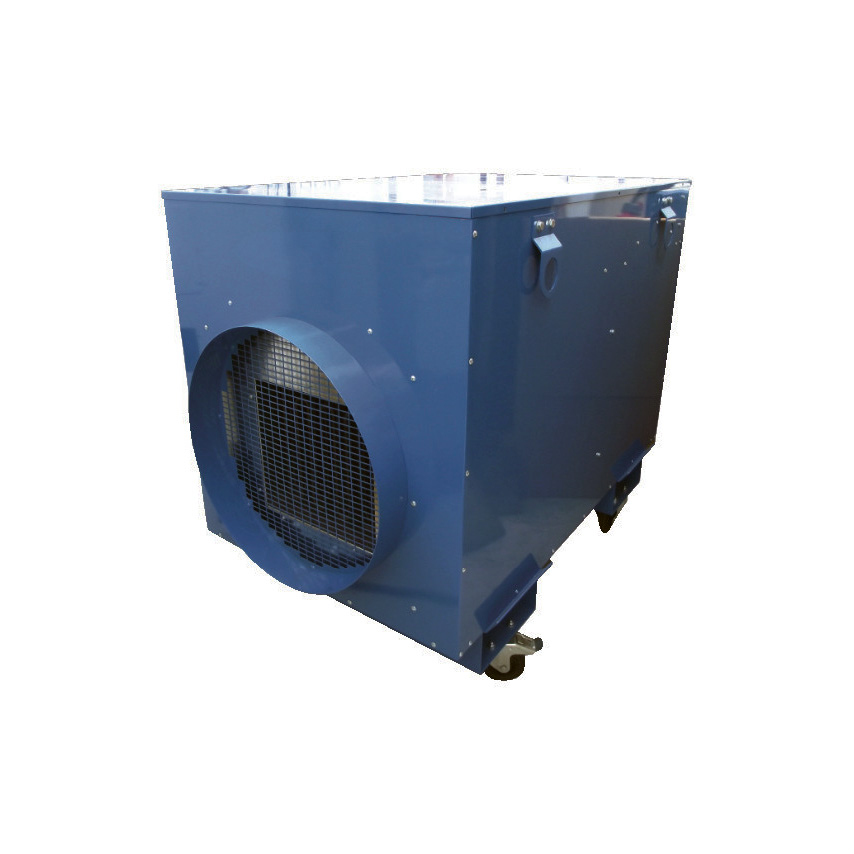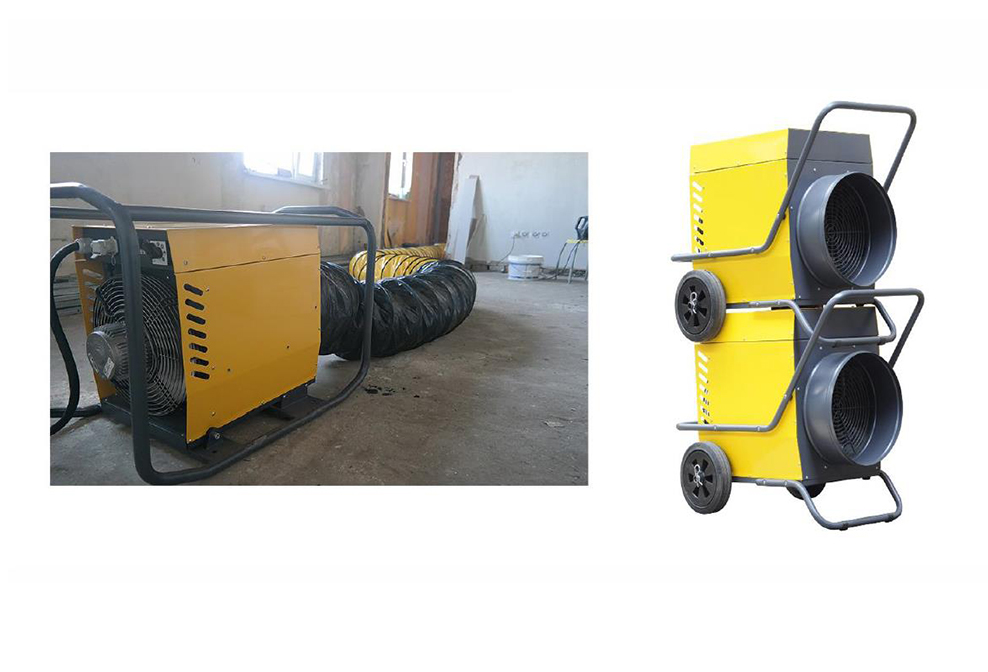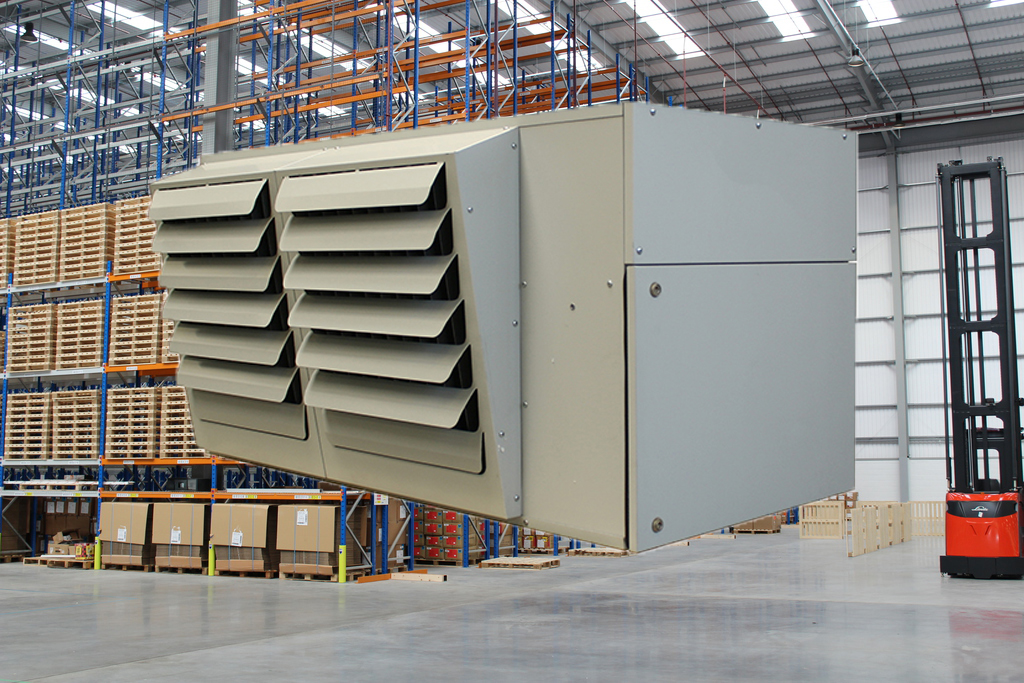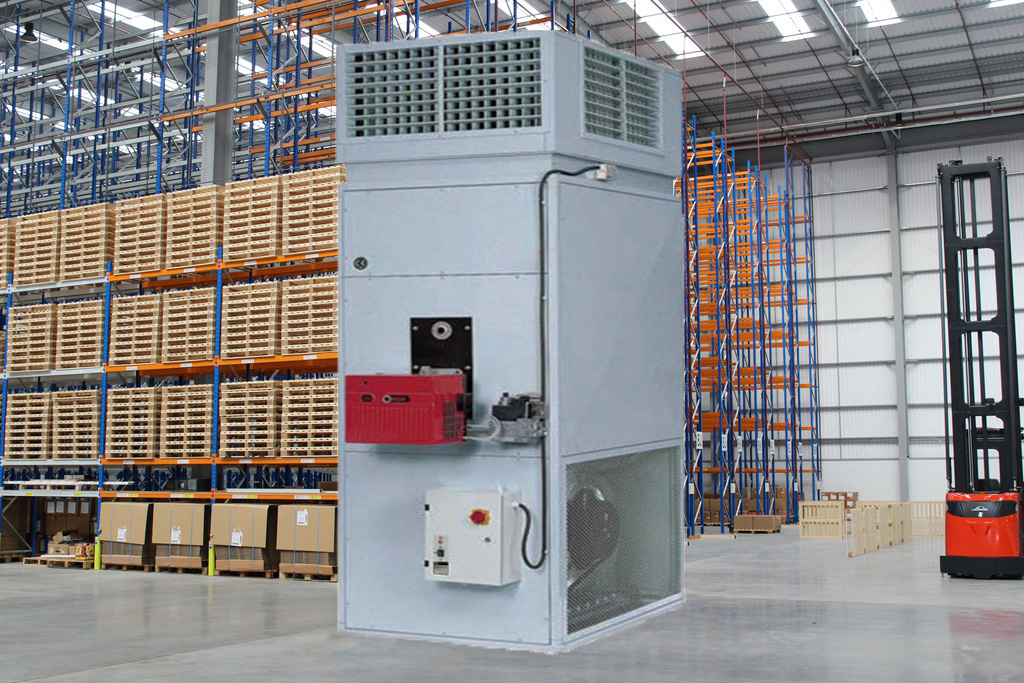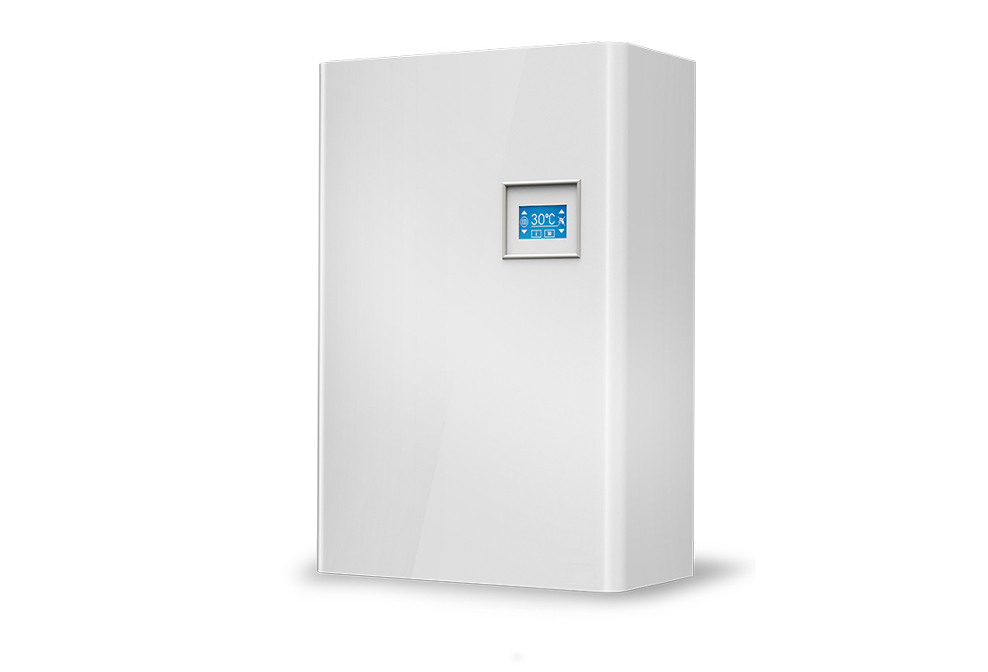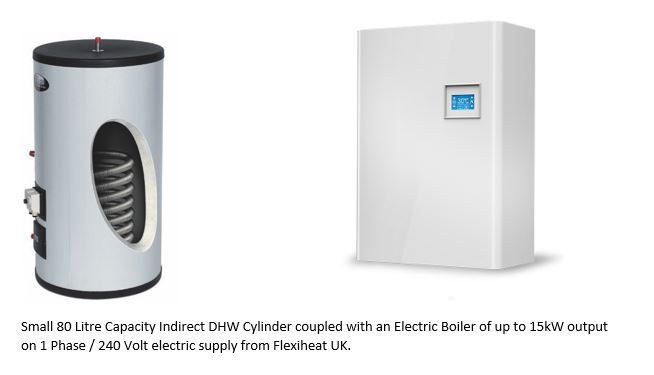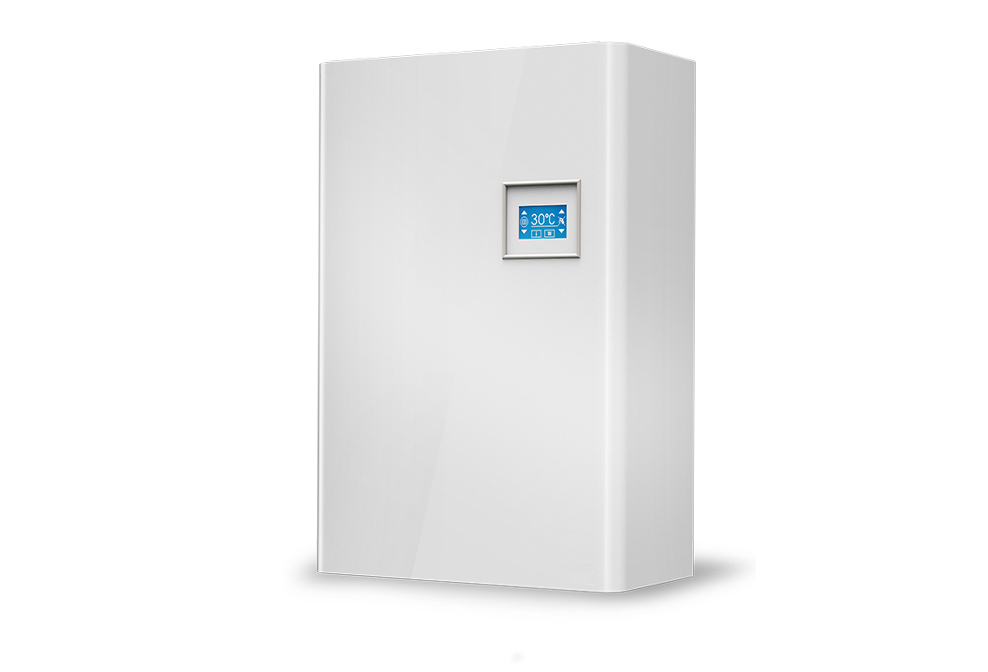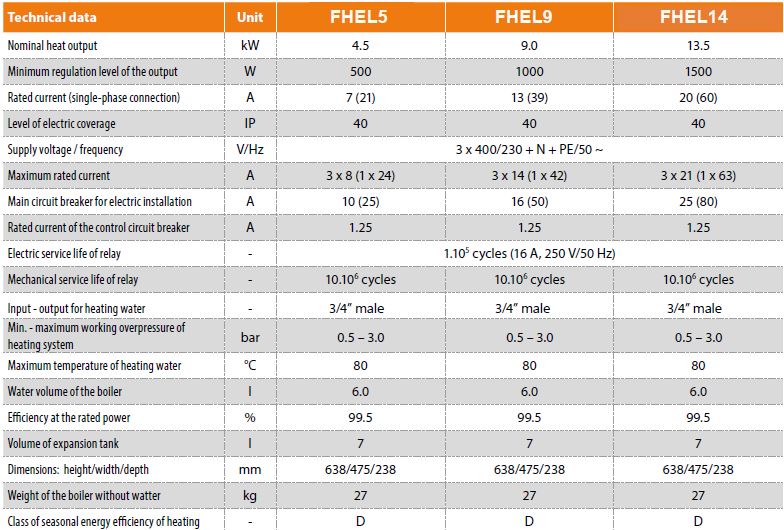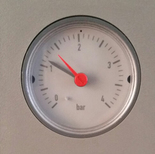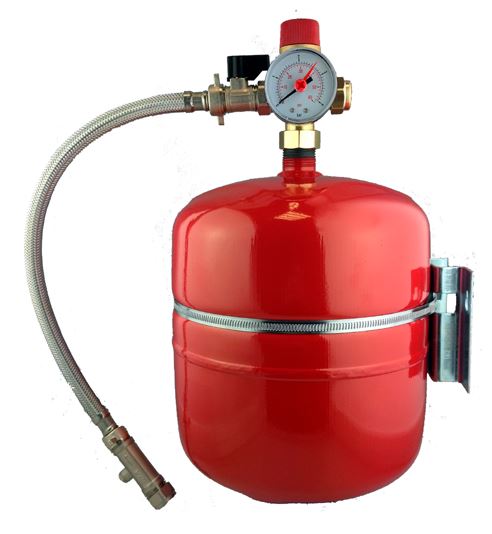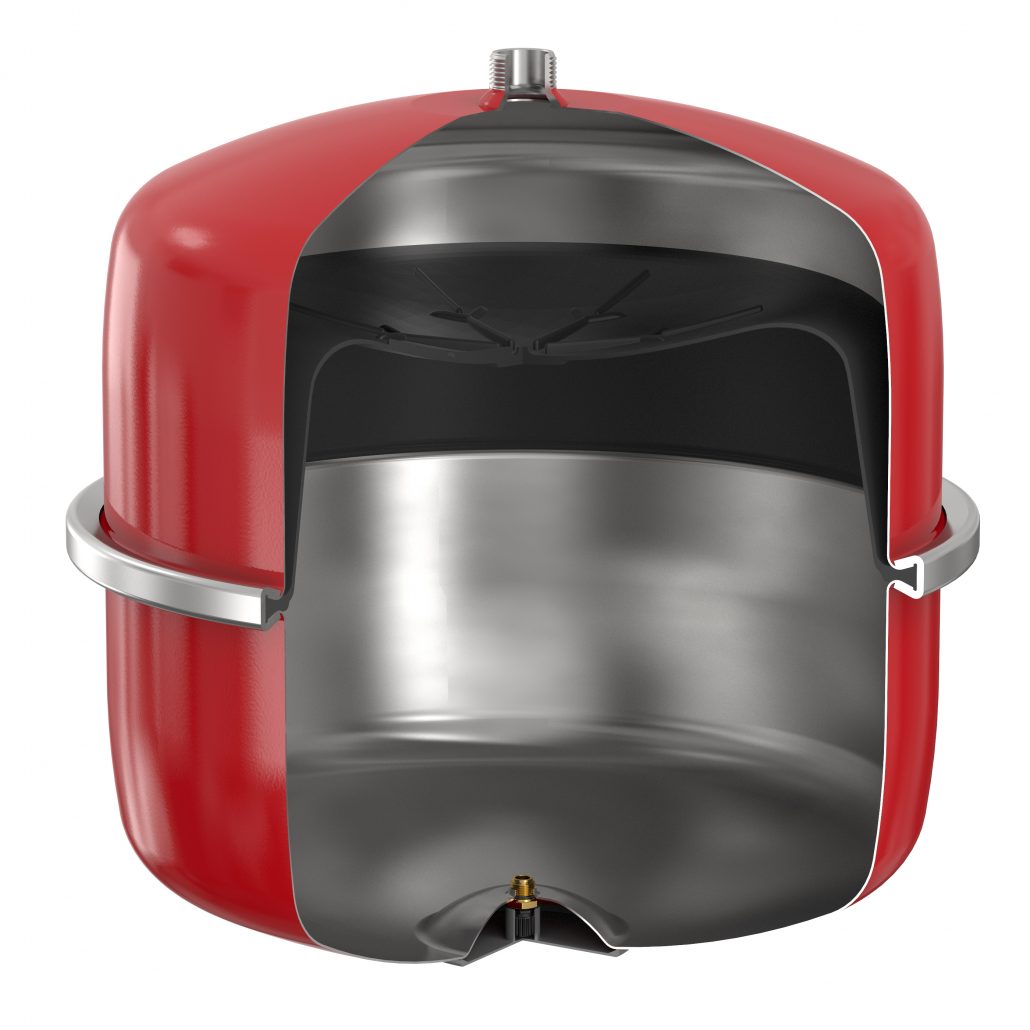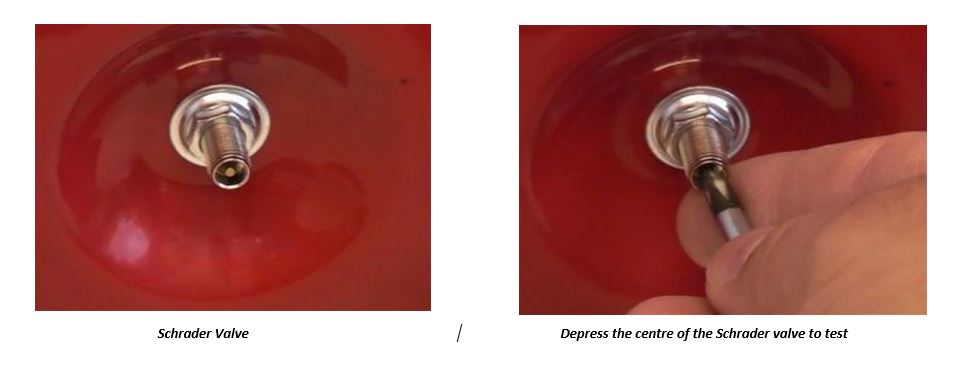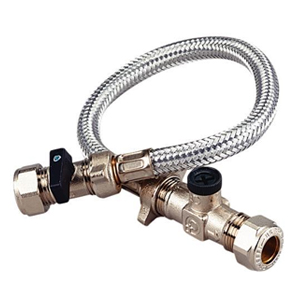Commercial over door heaters
Commercial over door heaters – the benefits & options
Commercial over door heaters are warm air heaters that are designed to maintain a protective barrier over the entrance to a commercial building or property. Many offices and commercial buildings require doors that are always open and this results in the inadvertent influx of cold (in the winter) or warm (in the summer) air into the building. Using a commercial over door heater or commercial over door air curtain as they are often referred to – will prevent this problem and ensure the separation of the indoor climate from outdoor conditions, in a unobtrusive and quiet manner, that does not disturb. Over door heaters should not be expected to entirely heat a wider space, as this is not their primary function. You can however, provide supplementary warm air heating when using a commercial door heater to provide a warm welcome.
Only properly designed commercial over the door heaters, working over the full width of your open doors will meet the requirements for a functioning air curtain heater. That being the width of the air curtain or over door heater should always be at least equal to the width of the commercial door that the unit is protecting and heating.
Over door heaters – What do they solve ?
The main issues the resolve is – Heat Loss
When a heated areas room door is opened, the outdoor or external cold air begins to flow through the lower area of the open door and the warm air from the room flows out via the top area of the door. This phenomenon causes an inevitable increase in the heat loss of the commercial building and also reduces the comfort level inside the room due to the penetration of cold air.
The solution ? Installation of a commercial over door heater / air curtain
By installing an energy efficient over the door commercial heater or air curtain, you create a heated air barrier between the indoor and outdoor climate and thus reduce the unwanted effect of cold air leaks into or the building and maintain pleasant heated environment for the occupants.
Operating Principle
The cold air enters the housing of the over door heater and passes over the heating elements ( for electric powered units) or heat exchanger ( for water fed / powered units ), then the heated air is captured by the fan and directs the air flow through special outlet nozzles that forms a thermal curtain over the entrance to the room.
To create an effective warm air barrier, the main role is played by the force of the air flow over the heating elements . For the majority of the UK, a wind speed of 2-4 metres / second is characteristic. Thus accordingly, you need to choose an air barrier, which at the exit of the nozzle, the air speed should be at around 10 metres per second; and at the floor level, the air speed should be at least 2-4 metres per second for the over door heated air curtain to work correctly.
Commercial overhead door heaters
There are two main ways of heating a commercial overhead door heaters, the first and most common is an electrical powered unit. These tend to be three phased powered, although we do have options for single phase if your site only has that voltage available.
There are no special differences in the design of an electric overhead door heater, as apposed to a water heated heater, only that they use an electrical coiled heat exchanger for effective heating of the air flow. These days , the most effective and reliable electric heat exchangers are know as “PTC electric coils” – which are a modern and safe solution for an electric commercial over door or overhead heater – The benefits over the older technology for the electrical heater elements of these commercial door heaters that used heating wires or spirals are –
- Larger heat exchange surface (surface of contact of the heat exchanger with heated air)
- Lack of voltage on the surface of the electric coil
- Fully automatic heat control depending on air flow
- Significantly lower coil temperature in comparison to the older type of electric heaters (e.g. heating wires or spirals)
- Complete elimination of the risk of system overheating due to self-regulating heating modules (heat capacity automatically reduces when air flow goes down)
- And last, but not least – Lower energy consumption
The Pro’s and Con’s of Electric Commercial Over Door Heaters –
Pro’s
- Easy of Installation – just extend the electric cable to the electric over door heaters installation site.
- Ease of maintenance – the heat exchanger is easy to get at for preventive maintenance such as cleaning the heat exchanger.
Con’s
- High operating costs – the electric heater will work for heating mainly in the daytime, when the most expensive electrical tariffs are in effect
- Electric horizontal overhead air curtain heaters spend the first couple of minutes getting up to heating temperature.
For the full details and range of our electric over door heaters, please click here
Doorway Heaters – Water Heated
The second most popular option is a hot water heated overhead air curtain heater, these are also referred to as hydronic over door heaters or air curtains. They obviously require a hot water source, usually a wet central heating system, that has the required capacity to accommodate the heat output requirements of the units.
Their operating principle is as follows – The heat medium- in this case the hot water from a central heating system is supplied to the heat exchanger, the cool, air passes over the heat exchanger, and heats up, before entering the fan assembly. The fan then pushes the warm air out at high speed, and pushes it out of the commercial over door heater towards the floor of the door or entrance of the commercial building, and creates an air barrier from above the door. Water heated overhead heaters usually have a heat exchanger with a large surface area to achieve the required heat output required.
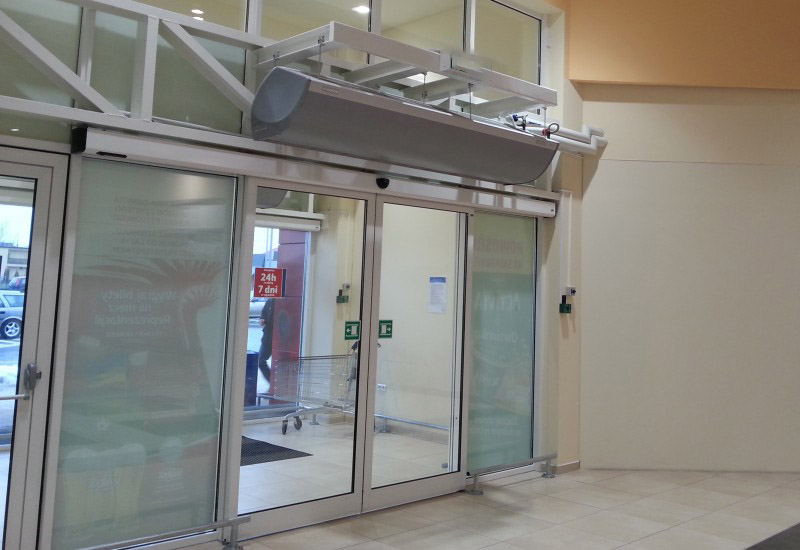
Commercial water heated over door heaters – you can see the pipework to the right of the overhead heater.
If you have a wet central heating system at your commercial premises, and have the kW capacity in the heating system to use a water heated commercial over the door heater, then they are the best doorway heaters for your site.
Pros: Normally cheaper operating costs in comparison to electric heated over the door heaters.
Cons: Installation costs and complexity – you have pipework to run.
More maintenance- Dosing and venting of the heating system is required. Potential leaks etc.
For the full details and range of our water heated over door heaters, please click here
Commercial over door heater
Commercial over door heaters deliver a continuous wall of warm heated air from the bottom to the top of a doorway or entrance. They have a high air flow rate and are designed to create an invisible air barrier all the way down over a door or entrance. This air barrier separates the air between the two environments of different temperatures. They are widely used at commercial entrances that are more often open than closed.
So what information do we require to select the appropriate over door heater for you ? Basically 2 things –
- What is your door width and height ?
- Do you require an electric heated or water heated over door heater ?
Also what can often be handy is a few pictures of the door that requires the heater, to ensure that we know the aesthetics and also to know that the heaters have the correct clearances required and will fit.
Commercial overdoor heaters
Should you require anymore assistance or information on our Commercial over door heaters / Commercial overhead door heaters for sale in the UK and Ireland, please give us a call on 01202 822222 and our dedicated sales team will be happy to offer advice and assistance or just contact us by mail by clicking here
